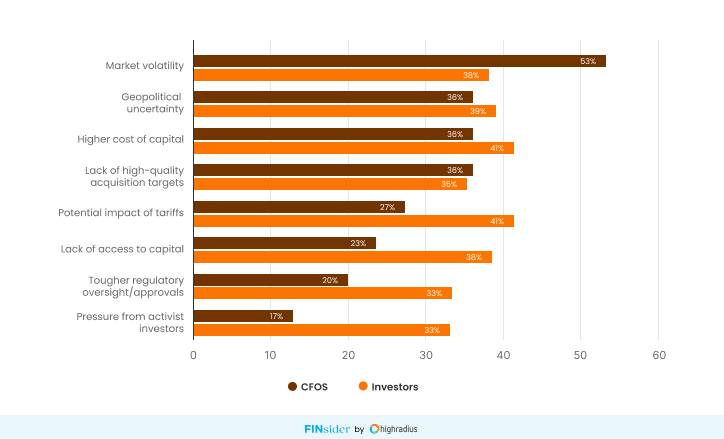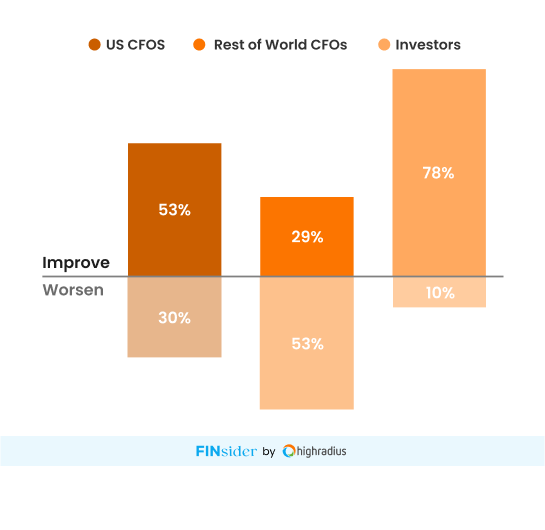OpenAI’s Billion-Dollar Burn: A CFO’s Framework for the AI Economy
What happens when the fastest-growing company in tech history burns cash faster than it earns it?

30M
to 13B revenue growth
8B
annual losses
100M
users fueling cost explosion
125B
revenue target for breakeven
The Billion-Dollar Puzzle
Every decade produces one financial outlier that rewrites expectations. This one belongs to OpenAI. In just four years, revenue has surged from 30 million dollars to nearly 13 billion dollars. Yet, losses are projected at 8 billion dollars in 2025, with profitability delayed until 2029. For CFOs, this is not hype. It is a test of how far capital can be stretched and how long companies can burn before they earn.

When Growth Eats Itself
Conventional wisdom in technology says scale improves margins. SaaS companies are built on that logic: Add customers, spread fixed costs, and watch efficiency improve. OpenAI has inverted the formula. Each new user adds revenue but also compute-heavy costs. Growth does not reduce burden; it compounds it. For finance leaders, scale can no longer be assumed as a safety net. It must be tracked by a new ratio: revenue to compute.
The Margin Mirage
ChatGPT Plus at twenty dollars a month looks like a classic SaaS subscription. But SaaS scales because extra seats cost almost nothing. In AI, each seat brings queries that consume GPU cycles and electricity. Profitability depends not on price per customer but on cost per inference. This subtle shift forces CFOs to move beyond customer acquisition metrics and instead dissect usage economics.
Valuations Without Gravity
Despite steep losses, OpenAI commands valuations of 300 to 500 billion dollars, more than thirty times revenue. These numbers are not tethered to current earnings. They reflect investor faith that whoever dominates the foundation model layer will own the ecosystem above it. For CFOs, this represents a new kind of valuation logic. It is not about discounted cash flows. It is about optionality, dominance, and strategic choke points.
The Microsoft Clause
Even financing tells a different story. Microsoft’s 13 billion dollar investment does not buy equity. Instead, it guarantees capped profit rights until 92 billion dollars is recovered. Early investors are capped at one hundred times returns, after which control reverts to nonprofit status. This is not traditional venture capital. It is structured capital designed to fuel aggressive growth without surrendering mission control. CFOs should expect more hybrid financing models as AI companies walk the tightrope between scale and governance.
Cash That Burns Back
Perhaps the most radical shift lies in how CFOs must think about cash. In SaaS, cash extends runway until profitability arrives. In AI, cash is not time. It is combustion capacity. The more customers join, the more compute is consumed, and the faster the burn accelerates. Bloomberg projects OpenAI will need 125 billion dollars in annual revenue to break even by 2029. This is not a curve that softens with size. It is a curve that steepens with adoption.

The CFO’s New Playbook
OpenAI’s rise is more than a story of staggering growth. It is a financial blueprint for the AI economy. Growth consumes rather than improves economics. Subscriptions mask costs tied directly to usage. Valuations reflect dominance bets instead of profit paths. Financing blends equity, profit rights, and governance protections. And cash is no longer a measure of time but of capacity to burn.
The Burning Question
From 30 million dollars in 2021 to nearly 13 billion dollars in 2025, OpenAI has scaled faster than any SaaS company in history. Yet it may not turn a profit until 2029, and only then at 125 billion dollars of revenue. For CFOs, the lesson is unambiguous. AI is not SaaS and not cloud. It is an industry that devours capital before it produces cash. The ultimate question is not whether AI will dominate. It is whether finance leaders are prepared to fund the fire long enough to see the returns.

Want more insights? Subscribe to our finance newsletter for the latest in finance—from the best finance newsletters and compelling finance stories to treasury, R2R and AR insights.

 Linkedin
Linkedin
 Facebook
Facebook
 Twitter
Twitter
 Copy url
Copy url








